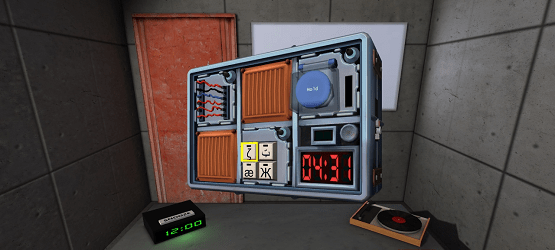In this edition of PlayStation VR Conversations, we talk to Brian Fetter, Co-Founder of Steel Crate Games. The Ottawa based studio was founded in 2014 after their Global Game Jam 2014 submission received critical acclaim. They are currently working on the cooperative bomb defusing game, Keep Talking and Nobody Explodes, for PlayStation VR.
Find out below why Brian feels like virtual reality games need to be immersive in order to succeed!
PlayStation LifeStyle: What are the additional challenges in developing a game that uses virtual reality?
Brian Fetter: There are actually a number of challenges that are specific to virtual reality and then others that are just far more important with it. Fortunately a lot of the technical complexity of virtual reality is handled by the Unity engine and the SDKs provided by the different headset makers. But still there are a lot of technical challenges that each game designer needs to tackle. The main challenge is performance, as unlike regular development dropping frames isn’t an option as it leads to breaking immersion and discomfort in players. As you develop in VR you really need to be mindful that even in the worst case scenario for your code you can’t let it drop frames.
There are additional technical challenges that only really come up when developing in VR. Object and world scale is instantly noticeable when in VR, size mismatches that aren’t noticeable on a monitor or TV are distracting and immersion breaking in VR. Also a number of visual effects don’t work properly when rendered for two eyes as they aren’t consistent, so basically some tricks don’t work anymore.
The biggest challenges right now though are the new design challenges introduced by the medium. Reductions in latency and motion blur as well as the inclusion of accurate positional tracking have reduced many of the sources of motion sickness in VR, but there is still a big problem for many people when there is movement in game that is different than their real world motion. This means that games either have to use new methods for letting players move around or try to come up with interesting gameplay in a small environment.
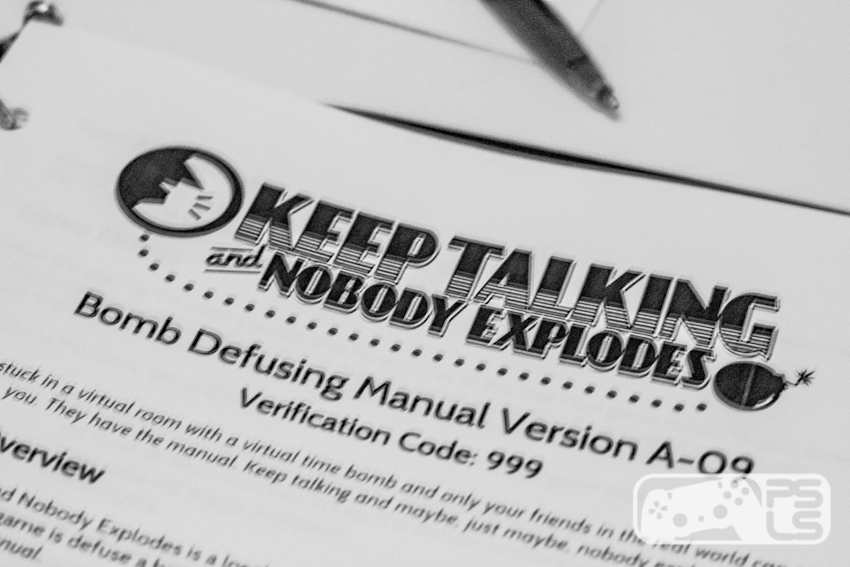
PSLS: Is virtual reality the next step in evolving the medium of video games?
BF: I really do believe that it is the next step, but that evolution doesn’t mean that we’ll see games played on a screen become obsolete as there will always be some games that work better that way. I do think as we get better at making VR content gamers will however start to see how much more limiting looking at virtual worlds through a small window is compared to being surrounded by them. I also think that there are going to be a number of experiences that will only really be possible when you’re inside of that virtual environment.
PSLS: Do you feel that to make the best possible VR experiences, a game has to be developed from the ground up for VR? Or do you believe that current games can be adapted?
BF: I think the best experiences are going to be built from the ground up for VR. There are just so many design decisions, both large and small, that really change when you focus on VR. This doesn’t mean that you can’t go back to older games and adapt them, but it does mean that you really need to rework them from the ground up again, making sure that even beyond just the technical considerations you make sure that every mechanic that you have is the best fit for VR. While there are ways to make older content work in VR, there isn’t any magic bullet library or framework that will translate non-VR content into a great VR experience without a lot of thought and work.
PSLS: How important is immersion to the experience, and making sure the game doesn’t break away from it?
BF: Honestly, I don’t think it’s a choice that can be made, games and experiences in VR need to be immersive if they want to be successful. I find immersion to be automatic, so long as you’ve designed your game with VR in mind and the lack of this immersion given the state of consumer hardware probably means you need to rethink your design.
It’s important to remember that immersion doesn’t mean realism. A game doesn’t have to be realistic to be immersive. A lot of things can be added that don’t or can’t exist in the real world while not breaking immersion. And even things that truly do break immersion aren’t necessarily unrecoverable. For instance, in some environments holographic barriers will show up when you get to close to a real world wall so that they don’t hurt yourself, these do break immersion but usually it’s very easy to go back to it. Pretty much any current locomotion scheme has the potential to break immersion as well, but so long as you do your best to minimize these breaks it doesn’t detract too much from the experience.
PSLS: How is Keep Talking and Nobody Explodes enhanced by Virtual Reality?
BF: Originally we thought that VR would add some tension and would enforce the separation between the role of the defuser and the role of the experts preventing players from ruining the experience by cheating. This is still the case, but as we started testing the game we found that VR added much more than that.
The feeling of being truly alone and isolated in VR with only disembodied voices to guide you added much more than we originally expected. By making subtle environmental changes we could ramp up player tension, which in a communication game leads to confusion, mistakes and interesting dialog. If you were to play on a tablet in the same room as the experts, even if you didn’t cheat, you can still see your team and you can judge by their body language if they understand what you’re saying. You can tell when they’re puzzling over something in the manual, so silences don’t have the same impact. So while the puzzles can still be fun, even if not played in VR, it feels like a completely different game.
PSLS: Do you think PlayStation VR will get the same amount of support as other VR devices such as the Oculus Rift?
BF: We’ve talked with the people responsible for [PlayStation VR] and have been really impressed by how passionate they are about virtual reality. Given the large jumps in hardware and software quality between different prototypes I do have a lot of confidence that they will be able to deliver a great VR experience. They do seem to be putting substantial resources behind this.
As far as developer and content support goes, I think developers will follow users. The major difficulty of selling virtual reality is that it isn’t something you can just advertise on television or in a magazine. It really is a technology that people have to experience. One of the advantages that Sony has is their experience in retail sales, my hope is that this will translate to their having demo units at major retailers. After people experience it, I don’t think it will be too hard for them to justify buying one. The more [PlayStation VR] devices that are sold, the greater number of developers who will target it.
A big thank you to both Brian Fetter and the team at Steel Crate Games for doing the interview. You can stay up to date on Keep Talking and Nobody Explodes, over on their website and Twitter.
PlayStation VR Conversations is a recurring interview feature where developers talk about the learning process of developing for virtual reality, and the future of video games.
Related Reading:
- PlayStation VR Conversations With Developers – Harmonix
- Shuhei: Sony Has “Many” Unannounced PlayStation VR Games, “Almost All” Japanese Publishers Working on VR
- PlayStation VR Conversations: Reload Studios
10 PS4 Games That Could Be Better With Project Morpheus
-
10 PS4 Games That Could Be Better With Project Morpheus

-
ABZÛ
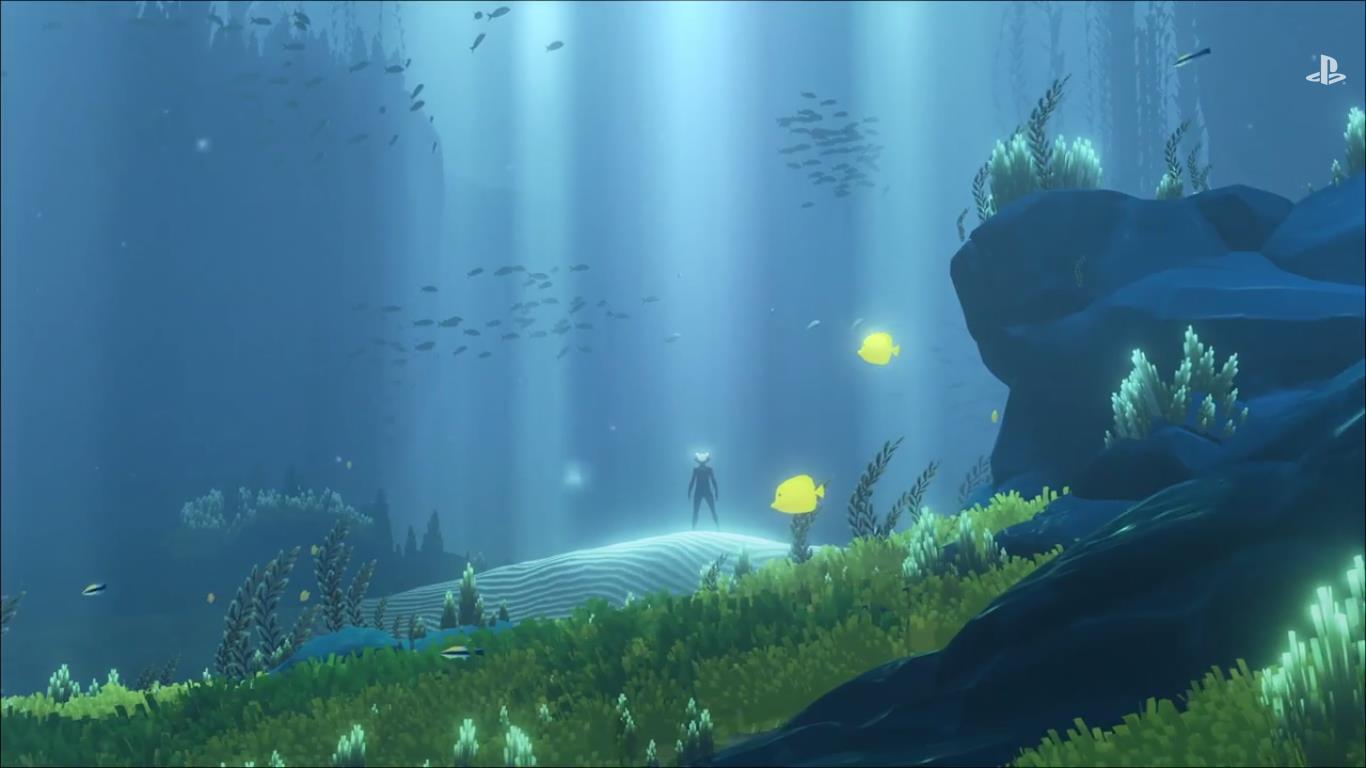
Matt Nava's work at thatgamecompany was beyond impressive, but ABZÛ takes exploration to a new level. This beautiful game about sea exploration is possibly the best looking PS4 title, and we would love to experience it in virtual reality. Imagine wearing Project Morpheus while swimming with schools of fish and during close encounters with sharks!
-
The Witness
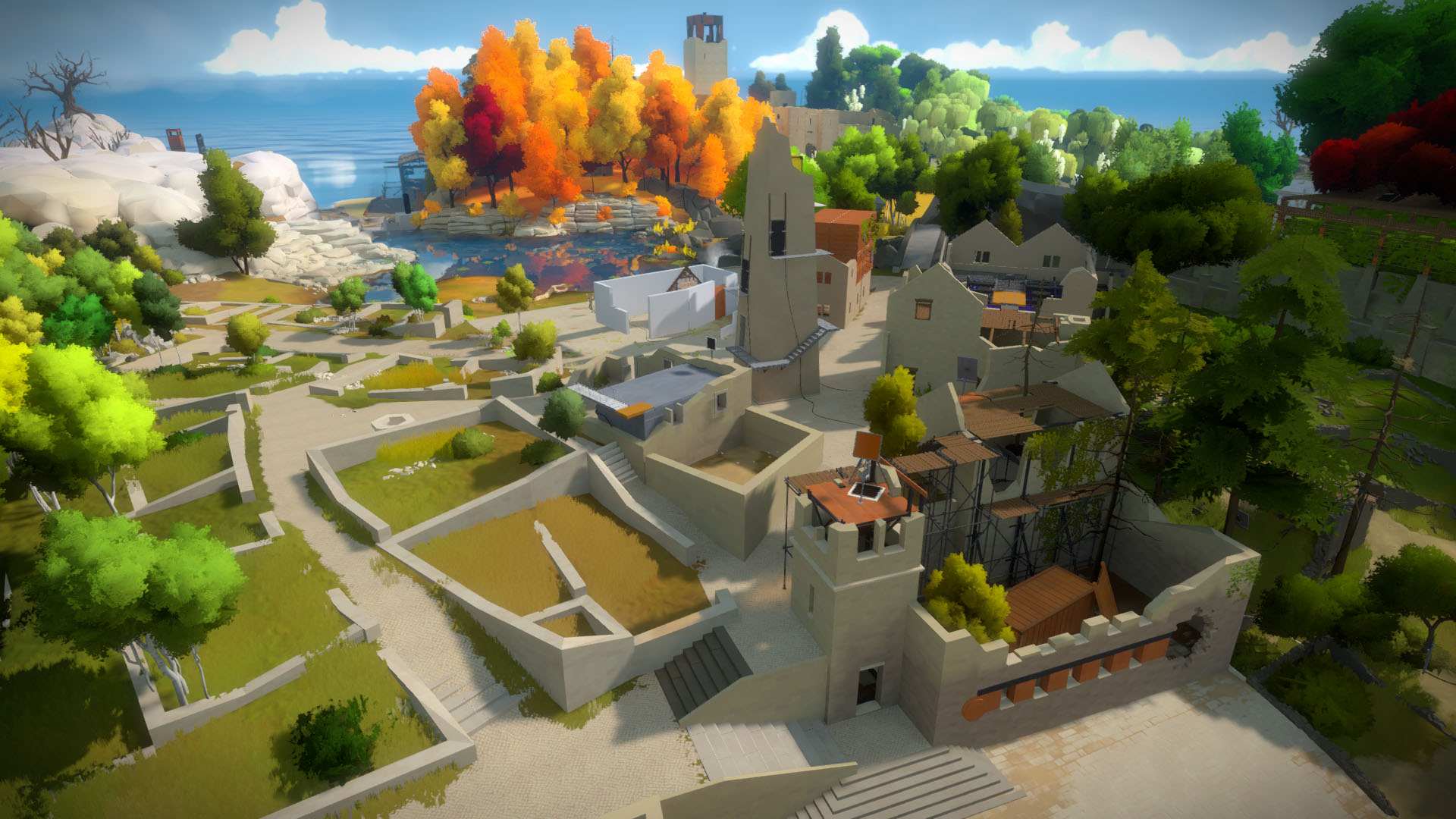
Jonathan Blow has been working on The Witness for a long time now. The puzzle game, which sports over 670 puzzles, looks extremely promising. Hopefully the considerable development time will allow the game to support Project Morpheus, as we would love to explore the title's beautiful environment in virtual reality!
-
Surgeon Simulator
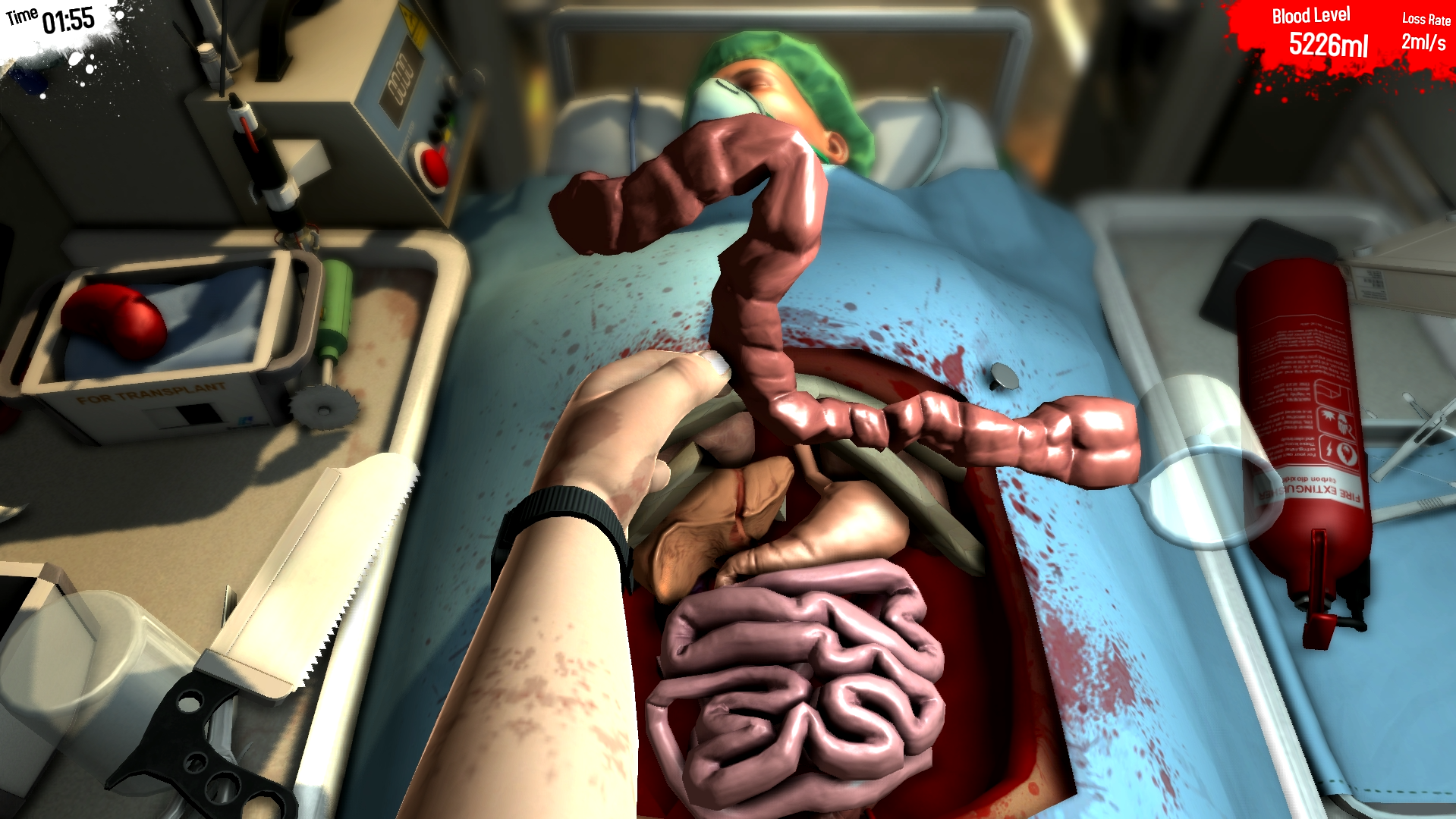
Few games are as hilarious as Surgeon Simulator. Sure, you might end up botching a surgery, but that is most of the fun! Throw in the ability to go on a complete trip and Surgeon Simulator is a great candidate to be played in Project Morpheus. This is one experience that would only be made even wackier by virtual reality.
-
DriveClub
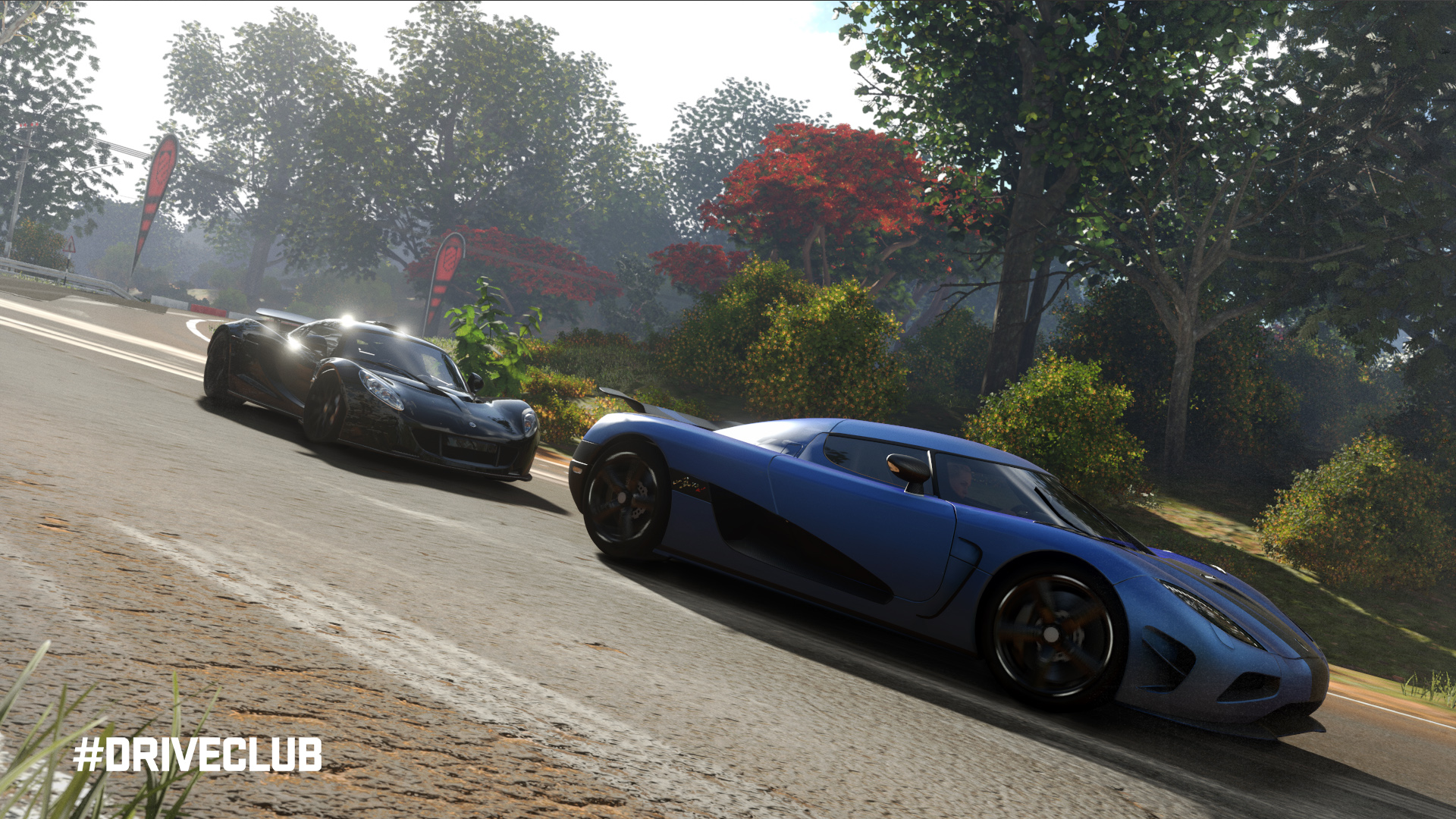
DriveClub may have not been the hit that Sony and Evolution Studios were hoping for, but it is still a solid driving game. One way to reinvigorate interest in the title would be to patch in Project Morpheus support in the future. Driving through beautiful race tracks at high speed sounds like a lot of fun either in real life or virtual reality!
-
Volume

Mike Bithell's Volume releases in August and the stealth game has plenty of gamers excited. With its unique aesthetic, Volume seems to be a great candidate to receive Project Morpheus support. Few genres seem like they could benefit more from virtual reality more than stealth. So hopefully we'll see what it can do for the genre soon!
-
Mirror's Edge Catalyst
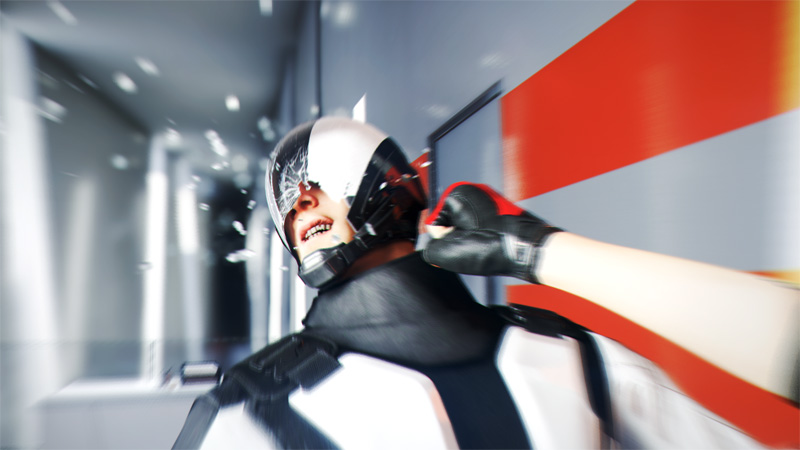
One of the first things that fans did once the Oculus Rift was available was to patch in VR support for Mirror's Edge on PC. Since the demand is already there, it would be a shame if Mirror's Edge Catalyst did not support Project Morpheus. Parkour in a virtual space has a ton of potential, and it would be awesome to see Faith's latest adventure in VR!
-
Thumper
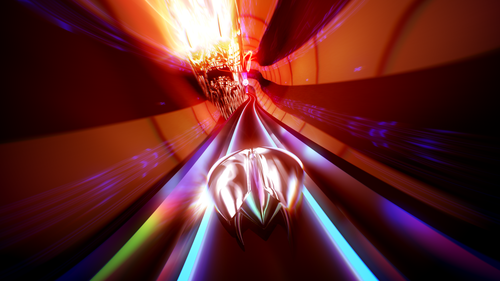
Developer Drool describes Thumper as "rhythm violence", and that description is spot-on. Few games offer up such an intense audio and visual experience as Thumper does, so we would love to see what the game could do if it supported Project Morpheus.
-
Destiny
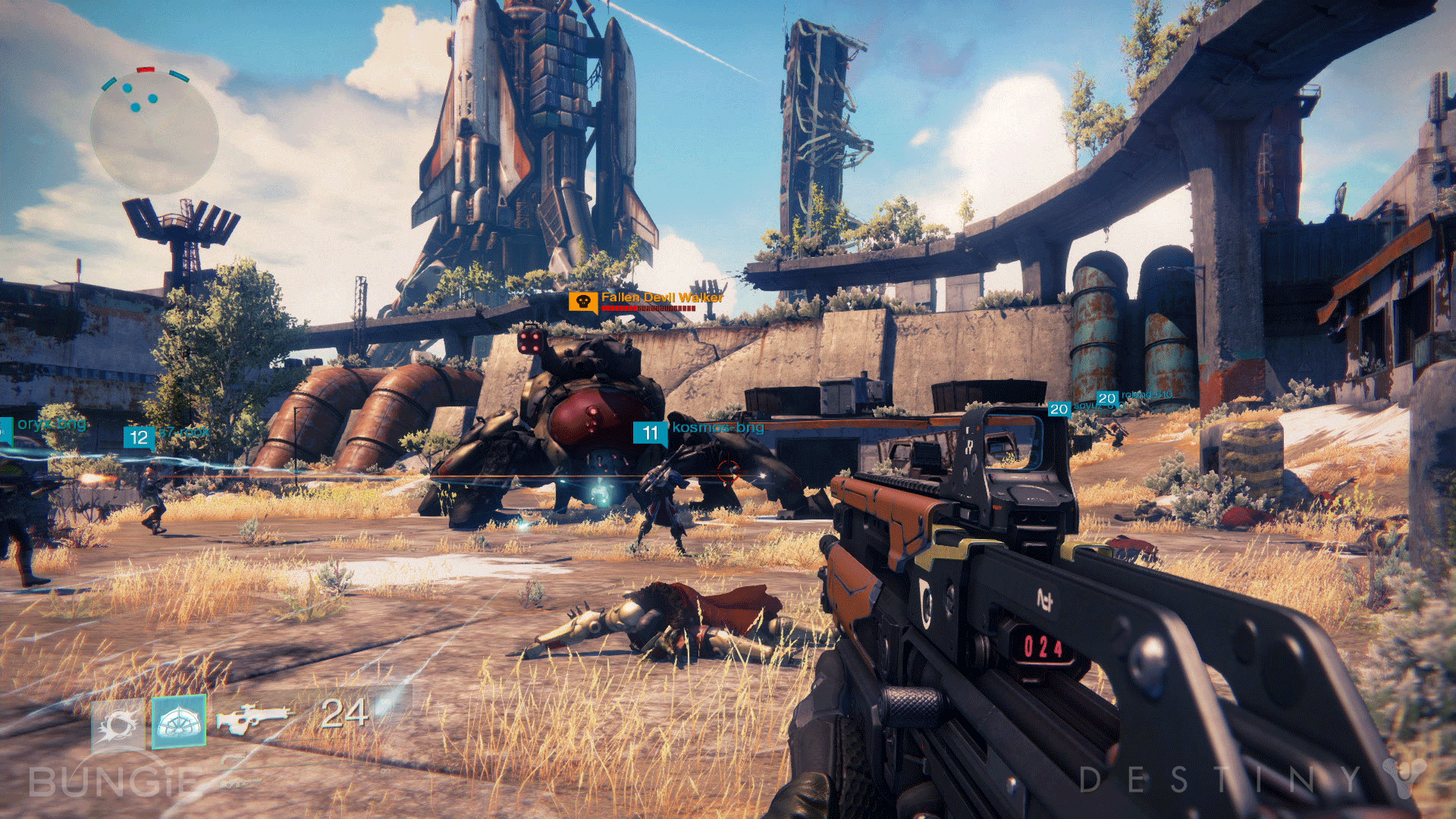
Few first-person shooters have proved to be as addicting as Destiny, so we can only imagine how engrossing Bungie's game would be in Virtual Reality. Who wouldn't want to strap on a headset, explore planets and participate in raids?
-
Until Dawn
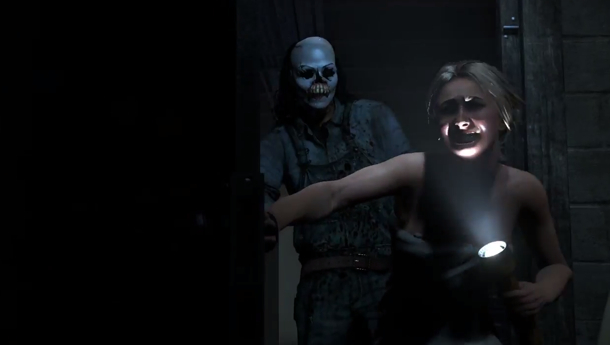
In its current state Until Dawn is one of the most intense and startling games ever to exist. This E3 2015 highlight could bring dramatic situations to life if it used Project Morpheus. We're not sure we would want to see the jump scares, though!
-
Alien: Isolation
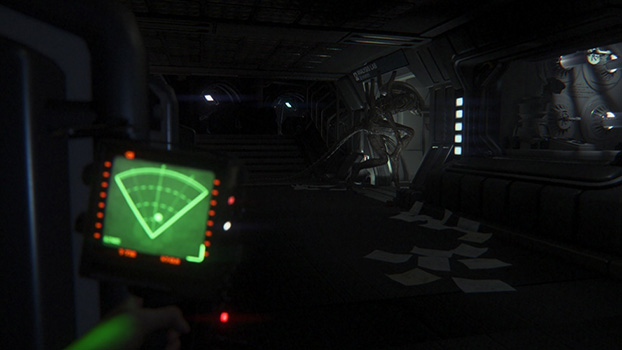
Few games are as frightening as 2014's Alien: Isolation. With a terrifying Alien stalking you throughout the space ship, there was never a dull moment. Isolation could be even scarier if it used Project Morpheus!
